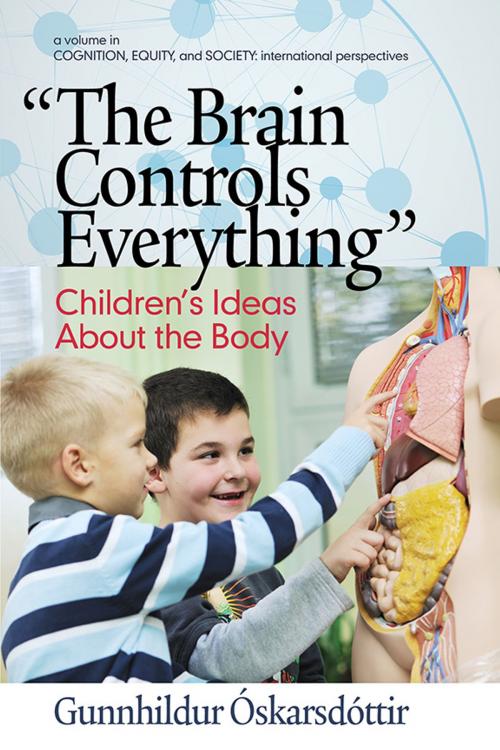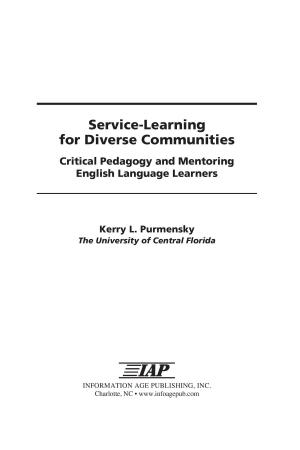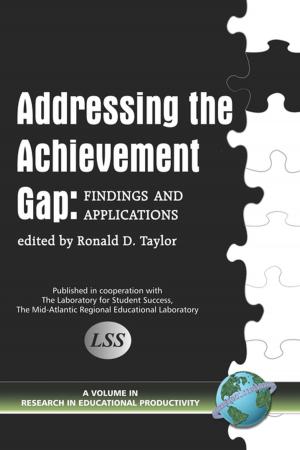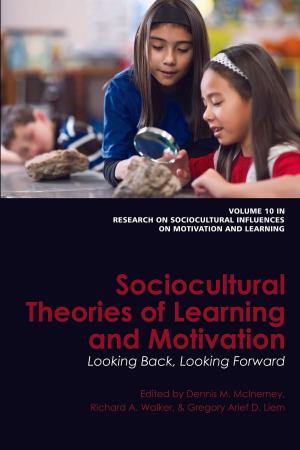"The Brain Controls Everything"
Children's Ideas About the Body
Nonfiction, Reference & Language, Education & Teaching, Special Education, Experimental Methods| Author: | Gunnhildur Óskarsdóttir | ISBN: | 9781681233802 |
| Publisher: | Information Age Publishing | Publication: | December 1, 2015 |
| Imprint: | Information Age Publishing | Language: | English |
| Author: | Gunnhildur Óskarsdóttir |
| ISBN: | 9781681233802 |
| Publisher: | Information Age Publishing |
| Publication: | December 1, 2015 |
| Imprint: | Information Age Publishing |
| Language: | English |
This book explores a study of how and under what circumstances children’s ideas about the body change over the period of two school years, Primary 1 and 2 (6 and 7 years old), in a ‘normal’ classroom setting in an Icelandic primary school. The focus is on children’s ideas about the structure, location and function of bones and other organs and how changes in pupils’ ideas are affected by the curriculum, teaching methods, teaching materials and teacher pupil and peer interactions. Special attention is given to the differences between quiet children and more open children in respect to these issues. Result from the study shows that the children were generally more aware of the structures, locations and functions of the various organs than they were of processes and how the organs were interrelated and they were also more aware of the digestive system than other organ systems.
This book explores a study of how and under what circumstances children’s ideas about the body change over the period of two school years, Primary 1 and 2 (6 and 7 years old), in a ‘normal’ classroom setting in an Icelandic primary school. The focus is on children’s ideas about the structure, location and function of bones and other organs and how changes in pupils’ ideas are affected by the curriculum, teaching methods, teaching materials and teacher pupil and peer interactions. Special attention is given to the differences between quiet children and more open children in respect to these issues. Result from the study shows that the children were generally more aware of the structures, locations and functions of the various organs than they were of processes and how the organs were interrelated and they were also more aware of the digestive system than other organ systems.















